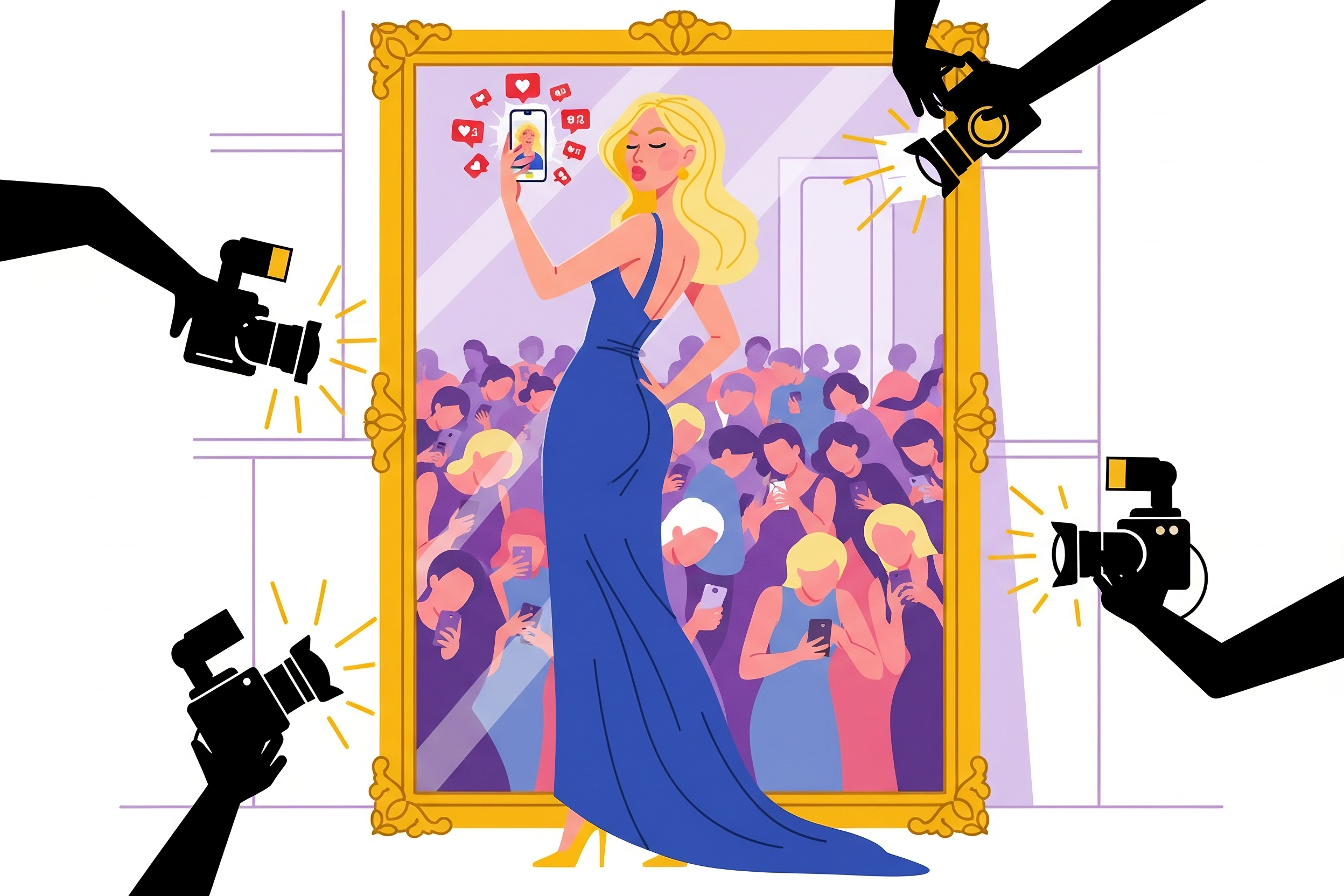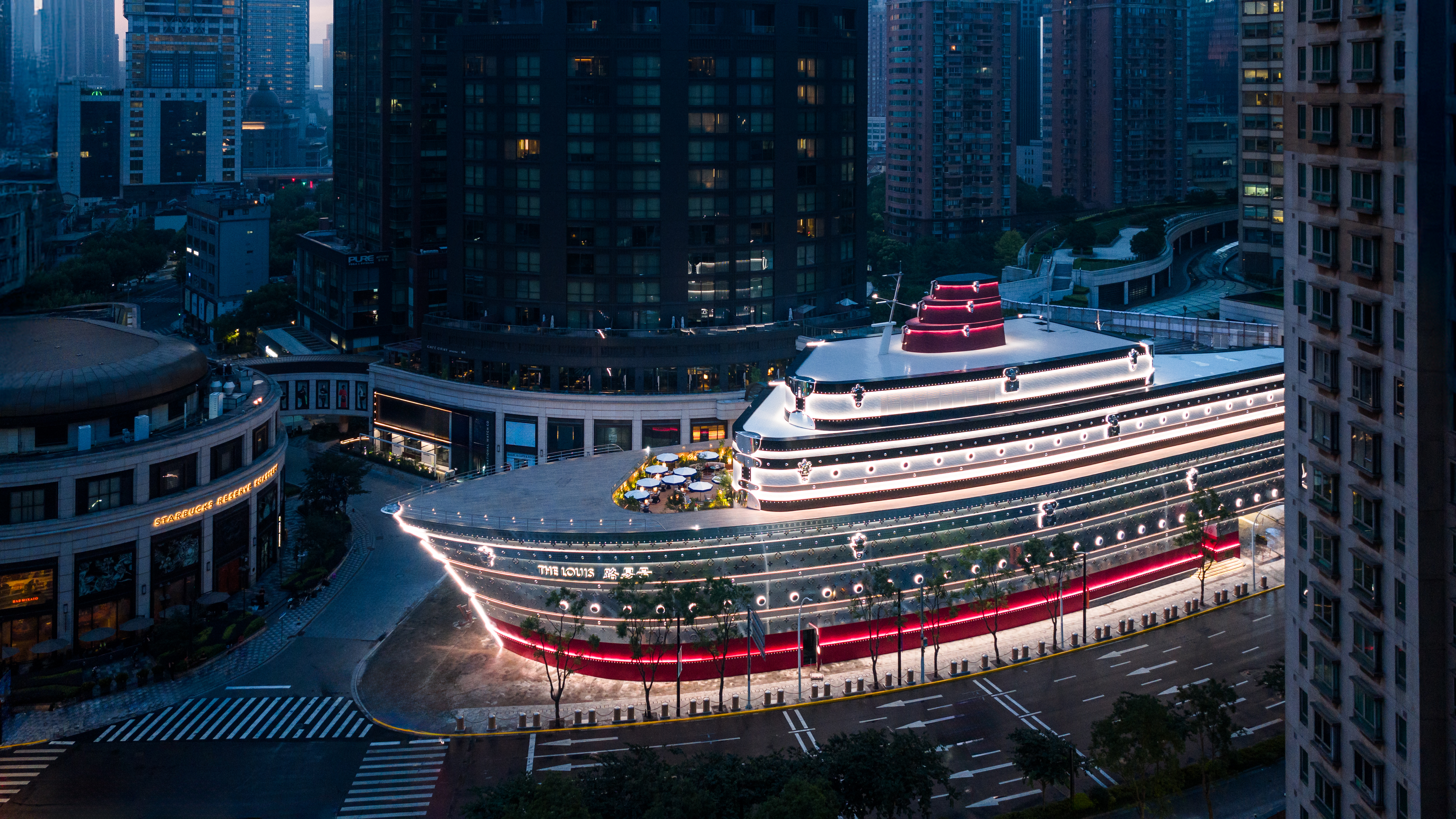Franck Jehanne, co-founder of the Kalory Agency, reinforces the importance of professional photography in luxury communications and isn’t sure that Instagram is any match

Franck Jehanne, co-founder of the Kalory Agency, reinforces the importance of professional photography in luxury communications and isn’t sure that Instagram is any match
Franck Jehanne, co-founder of the Kalory Agency, reinforces the importance of professional photography in luxury communications and isn’t sure that Instagram is any match
The iPhone and Instagram application has made amateur photographers and constant reporters out of all of us. But is there a risk for the luxury and fashion industry that this newly gained confidence in our photographic expertise could have a counter productive impact on brand image?
A poor shot of a watch on a hairy wrist. An un-retouched close-up of a handbag buckle showing micro scratches rather than representing its true luxury material feel. A picture of a flagship store featuring a dirty street and people’s reflections instead of carefully merchandised window displays. All these communications feature the wrong message and effectively kill the luxury dream.
My question is, will poor photography posted on social media channels damage the image of luxury and fashion brands? “Perceived image” is a very large part of a brand’s added value. This is now under a permanent threat.
“ Will poor photography posted on social media channels damage the image of luxury and fashion brands? ”
Retailers want to develop their online presence and extensively use social media platforms. They use the imagery provided by the brands, but to stand out from their competitors, to get a better ranking in Google or more followers on Facebook or Twitter, they also need to produce and post very regularly unique and strong visual content.
Videos still have a small audience, as viewers tend not to have enough time to load them or watch them in full. They are also expensive to produce (good quality ones, that is). Therefore professional still-photography should be the chosen visual medium for luxury and fashion retailers and brands:
– The impact is immediate, as there is no (more) download time.
– The power of a still image is strong. It will remain vividly in the memory of a viewer.
– A well-thought and consistent approach to key wording and meta data management will make each image an important element of your SEO and search engine ranking strategy.
– Photography is also a Fine Art, and shares a lot of values with the Luxury industry.
Unfortunately, a brand’s imagery is no longer fully controlled by brands (Facebook and Twitter have definitely killed this possibility). Everyone can take a snapshot, as we all have access to a digital camera, but that doesn’t make all of us photographers.
“ Brands that manage to produce visual qualitative content on a regular basis will win the SEO and social media battles ”
Photography is about technical expertise, artistic eye, planning (composition, lighting, positioning of the product), post-production and retouching, which are key elements of the image creation and require high level of expertise that an Instagram filter will never replace.
“I have set up an amateur studio in my office” type of pictures still produce better quality images than an iPhone. But is it really sufficient for an industry that has spent the last two centuries paying attention to detail, when creating amazing designs packaged in beautiful boxes and sold in stunning retail environments?
For me this will be one of the key elements to success in the coming years: brands and retailers that manage to produce qualitative visual content, on a very regular basis, will win the SEO/google ranking and social media presence battles and will become the strongest online players in the industry.










